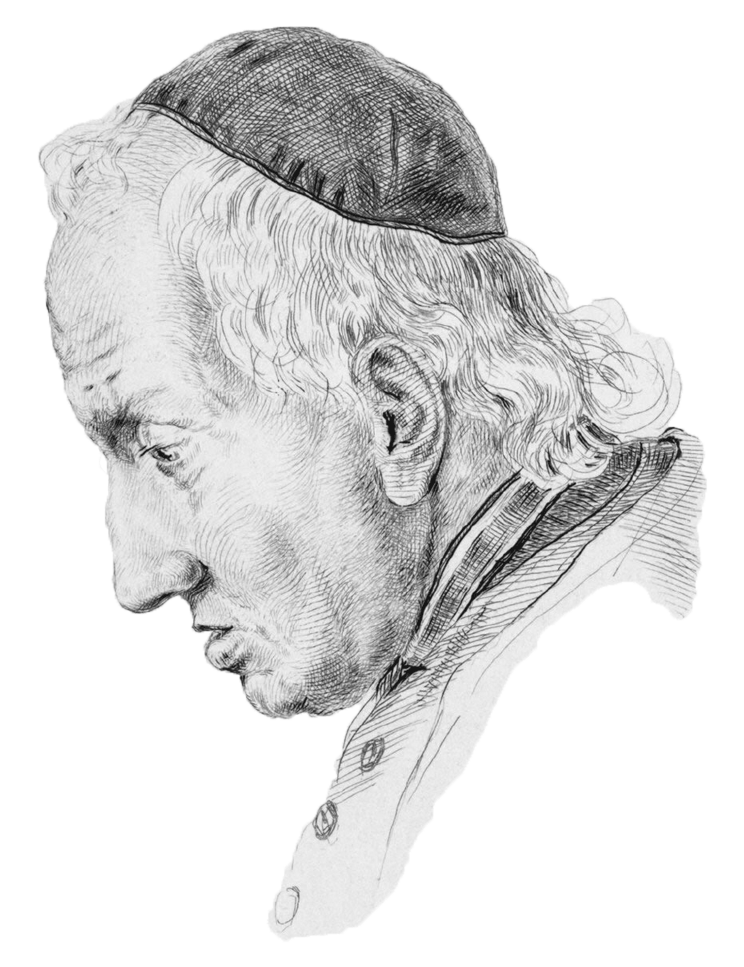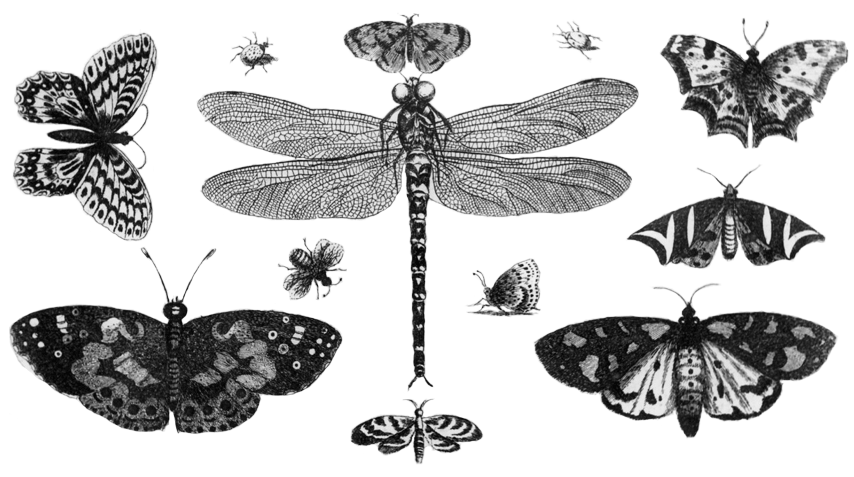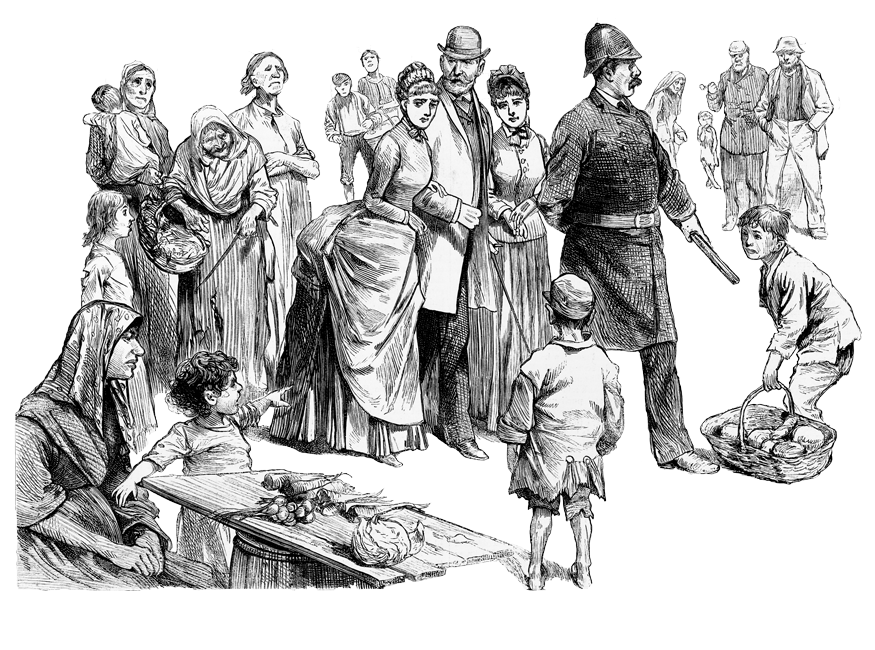 T
TThe plot is briefly as follows: A married man with a lovely wife and several children becomes a priest in the Catholic Church, and of course parts with his family. All this occurs prior to the beginning of the tale which opens at Peterport, a small fishing village on the coast of Newfoundland, where the wife appears in the character of a beautiful, mourning widow, with one child, the others having died, and the husband in the person of the “new Priest.” There were two other priests, Fathers Terrence and Nicholas, the one a good matured and simple Irishman, the other the villain of the story. There is moreover a good old fisherman with a lovely daughter, who is so unhappy as to get into bad odor with the Catholics, because a young man designed for the priesthood falls in love with her, declining holy orders in consequence. The fisherman’s daughter, becomes greviously sick, and when, after lingering long at the very gates of death, she begins to come round, in a moment of delirium, during the absence of her nurse, escapes from the house and is not seen again at Peterport for a long time. It afterwards appears that she, naturally enough took the direction of the home of her lover — whose family were Catholics — and there by a combination between an old Irish hag and father Nicholas and some nuns — she was carried off — in a punt to a nunnery. From this place she makes her escape after a few days, and mysteriously gets aboard of the “Spring Bird,” a brig which has just left Peterport for Madeira and a market. Appearing here in the midst of a fog, she is taken for a ghost, and has a handspike thrown at her head by a sailor — but is soon, however, recognized and made much of.
Notwithstanding the absurdity of the story — and the unwarrantable mode of attacking a religion to which the author is opposed, the book is worth reading for its apparently faithful delineations of the scenes and manners of a very strange corner of the globe. It shows such powers of description, such command of good English — and such a happy faculty of presenting the peculiarities of dialect of his characters, including a very good specimen of Yankee — that we are inclined to suspect it to be the production of the distinguished author of “The Life and Adventures of a Clock Pedlar.”
 T
T I
I T
TWe have received, also, from Mr. N. Hickman, agent of Messrs. Leonard Scott & Co., publishers, the November number of Blackwood, containing the following articles: Buckle’s History of Civilization; Part XVIII of Bulwer’s "What will he do with It? Edward Irving; Light on the Hearth — Part III; Cherbourg the Port and the Fortress; Lord Canning’s reply to the Ellenborough Dispatch.
We are indebted to Messrs. Cushings & Bailey for the November number of Harper’s Magazine.